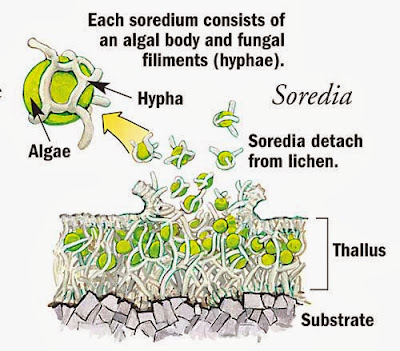Digitalis Purpurea

Digitalis Purpurea (Foxglove) is a species of flowering plant in the genu s Digitalis , in the family Scrophulariaceae , native and widespread throughout most of temperate Europe. It is source of heart medicine called digitoxin. Due to the presence digitoxin, the leaves, flowers, and seeds are poisonous to human and animal if eaten. Digitoxin used to threating heart failure. Heart failure occurs when the heart unable to pump blood sufficiently to all body part. Digitoxin can resolve this problem caused by ability to promote heart beating. Digitoxin



